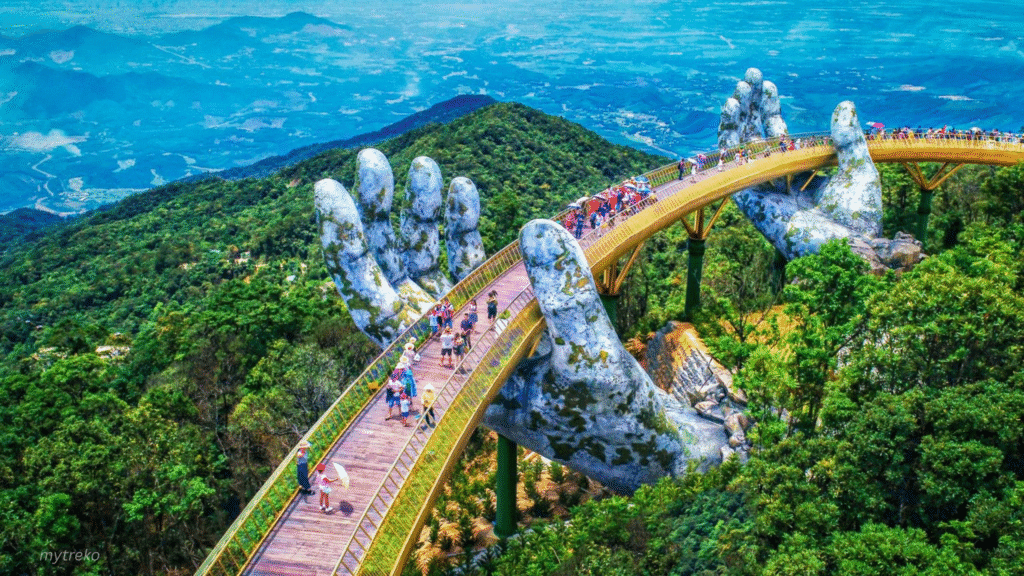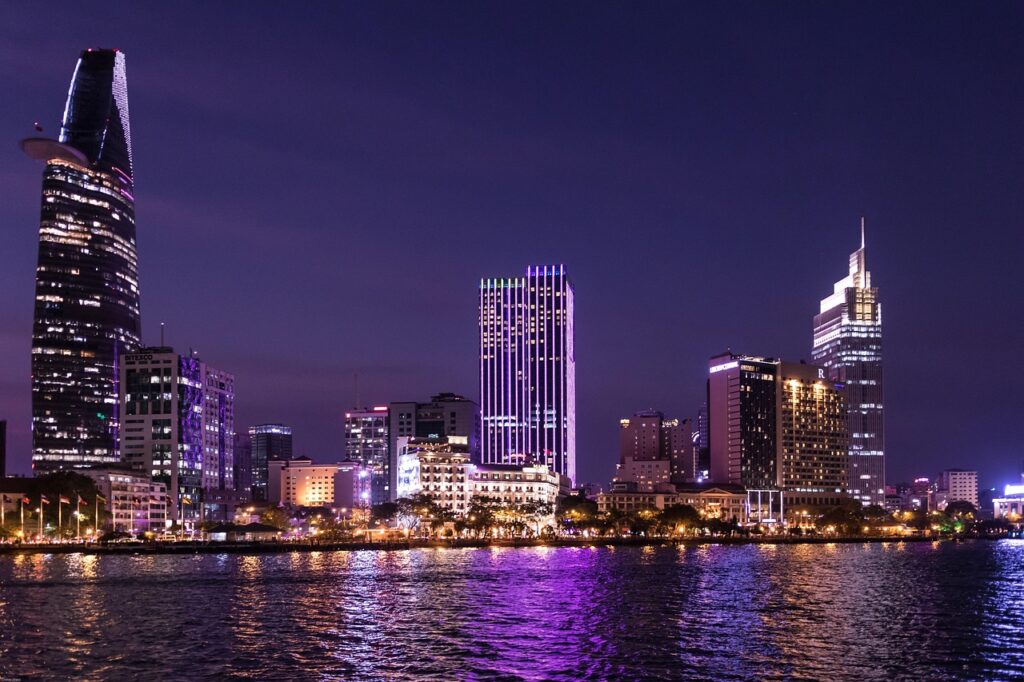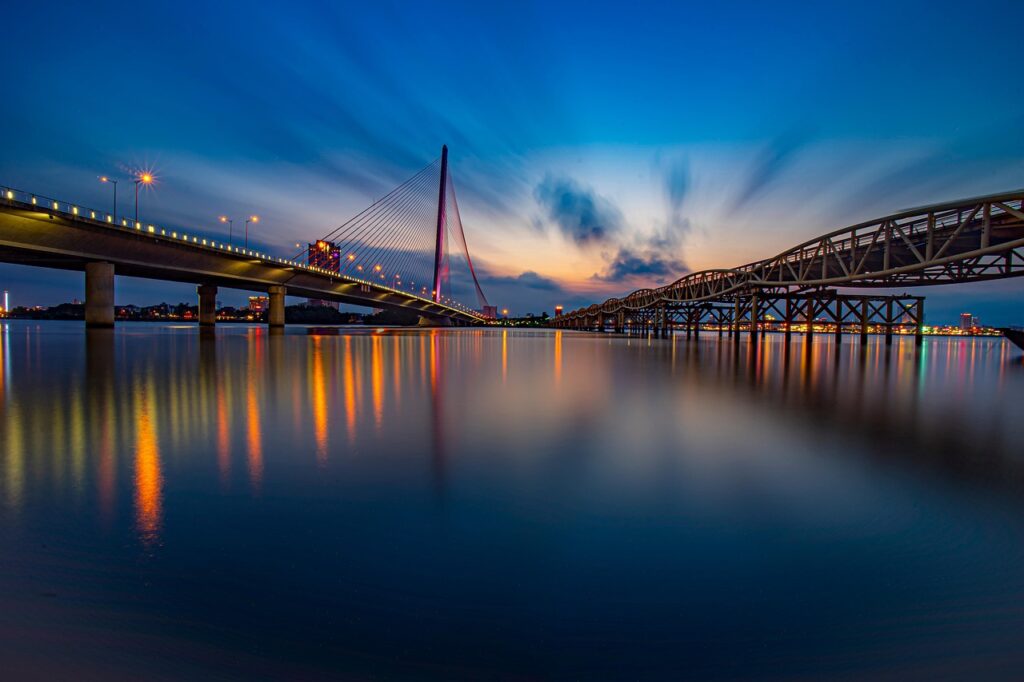Top 10 Hidden Cultural Tourism Destinations in Vietnam

Vietnam is one of the most captivating countries in Southeast Asia, not only because of its breathtaking scenery but also due to its rich cultural heritage. With thousands of years of history, Vietnam offers a fascinating blend of ancient traditions, colonial influences, and unique spiritual practices. From bustling cities filled with historic landmarks to serene villages that preserve age-old customs, every corner of the country tells a cultural story.
If you are planning a cultural journey, here are the top 10 hidden cultural tourism destinations in Vietnam that will give you a deeper connection to the nation’s soul.
1. Hanoi – The Cultural Capital
Hanoi is often described as the “soul of Vietnam.” The city perfectly blends old-world charm with modern energy. The Old Quarter is the highlight, where narrow streets named after ancient trades still preserve the city’s identity. Strolling here, you’ll find temples hidden between shops, French colonial buildings, and authentic street food stalls.
Cultural highlights include the Temple of Literature, Vietnam’s first national university, dating back to 1070. It reflects Confucian traditions and is a symbol of Vietnam’s deep respect for education. The Hoan Kiem Lake adds a touch of legend, while the evening water puppet shows bring traditional folk tales to life.
2. Hue – Vietnam’s Imperial City
A former royal capital, Hue remains one of the most significant cultural destinations in the country. Recognized by UNESCO, the Imperial Citadel is a vast complex of palaces, temples, and gates that once housed the Nguyen Dynasty. The royal tombs scattered along the Perfume River reflect both artistic and spiritual significance.
What makes Hue unique is its ability to preserve ancient traditions. Visitors can enjoy Nhã nhạc (court music), recognized by UNESCO as an Intangible Cultural Heritage. Hue cuisine is also part of its cultural identity, with delicately prepared dishes once served to emperors.
3. Hoi An – The Ancient Trading Town
If you want to step back in time, Hoi An Ancient Town is the perfect destination. Once a thriving international trading port, Hoi An is now famous for its blend of Vietnamese, Chinese, and Japanese architecture. The Japanese Covered Bridge, historic merchant houses, and traditional assembly halls reflect the multicultural influence that shaped the town.
Every evening, the town glows with colorful lanterns, creating a magical atmosphere. Hoi An also preserves traditional craft villages, such as lantern-making and wood carving, allowing visitors to experience cultural artistry firsthand.
4. Ho Chi Minh City – A Blend of Old and New

Ho Chi Minh City, formerly known as Saigon, is the cultural and economic hub of southern Vietnam. The city showcases a fascinating blend of colonial architecture, war history, and modern skyscrapers.
Cultural landmarks include the Notre Dame Cathedral, built by the French in the 19th century, and the Saigon Opera House, which reflects classical European design. The War Remnants Museum tells stories of Vietnam’s past struggles, while local markets like Ben Thanh Market highlight traditional crafts, textiles, and local cuisine.
5. My Son Sanctuary – Traces of the Cham Civilization
Hidden in the forests near Hoi An, My Son Sanctuary is a sacred land of the Champa Kingdom, dating back over a thousand years. This UNESCO World Heritage Site features Hindu temples and towers dedicated to deities such as Shiva.
The ruins, though partially weathered, still hold incredible cultural and spiritual value. Visiting My Son allows travelers to learn about the once-powerful Champa civilization and their role in shaping Vietnam’s cultural diversity. top 10 hidden cultural tourism destinations in Vietnam
6. Sapa – Culture in the Highlands
Located in the northern mountains, Sapa is known for its terraced rice fields and cool climate. But beyond its natural beauty, Sapa is home to diverse ethnic minority groups such as the Hmong, Dao, and Tay.
Markets like Bac Ha Market are cultural gems, where locals gather in traditional clothing, exchange handmade goods, and celebrate their customs. Staying in a local homestay allows travelers to experience authentic mountain life, traditional meals, and folk songs passed down through generations.
7. Ninh Binh – Where History Meets Nature
Often called the “Inland Ha Long Bay,” Ninh Binh offers both cultural and natural treasures. The Hoa Lu Ancient Capital was Vietnam’s first capital during the Dinh and Le dynasties, with temples honoring ancient kings.
Another cultural highlight is the Bai Dinh Pagoda, the largest Buddhist complex in Southeast Asia, featuring massive statues and intricate carvings. Boat rides through Trang An and Tam Coc combine dramatic limestone landscapes with sacred caves and pagodas, creating a truly spiritual journey.
8. Ha Long Bay – Myths on the Water
Famous worldwide for its limestone islands, Ha Long Bay is more than just a natural wonder. Legends say dragons descended here to protect the land, giving the bay its name.
Beyond its myths, Ha Long Bay preserves cultural traditions in floating fishing villages, where families have lived for generations. Visiting these villages allows travelers to experience the community’s maritime lifestyle, traditional fishing methods, and stories passed down over centuries.
top 10 hidden cultural tourism destinations in Vietnam
9. Tay Ninh – Spiritual Diversity of Cao Dai
Located near the Cambodian border, Tay Ninh is the birthplace of Cao Dai, a unique religion founded in Vietnam. The Cao Dai Holy See Temple is an architectural masterpiece, blending elements of Buddhism, Christianity, Taoism, and Confucianism.
Visitors can witness daily ceremonies, where followers wear colorful robes, reflecting the religion’s harmony of cultures and beliefs. It’s a one-of-a-kind experience that highlights Vietnam’s spiritual diversity.
10. Mekong Delta – The Cultural Heart of the South
The Mekong Delta is often called Vietnam’s “rice bowl,” but it is also a vibrant cultural region. Life here revolves around the waterways, with floating markets like Cai Rang offering a fascinating look into river trade traditions.
The delta is also known for its folk music, Đờn ca tài tử, recognized by UNESCO as Intangible Cultural Heritage. Visitors can explore fruit orchards, traditional crafts, and village homestays that showcase the daily rhythm of southern life.

Final Thoughts
Vietnam is more than just a destination—it is a cultural journey through time, traditions, and heritage. From the royal palaces of Hue to the lantern-lit streets of Hoi An, from mountain markets in Sapa to the spiritual temples of Tay Ninh, the country offers a living museum of history and culture.
Exploring these top 10 hidden cultural tourism destinations in Vietnam will not only enrich your travel experience but also give you a deeper appreciation for the resilience, creativity, and diversity of the Vietnamese people.
Whether you are a history lover, a spiritual seeker, or simply a curious traveler, Vietnam’s cultural treasures promise unforgettable memories.
top 10 hidden cultural tourism destinations in Vietnam
